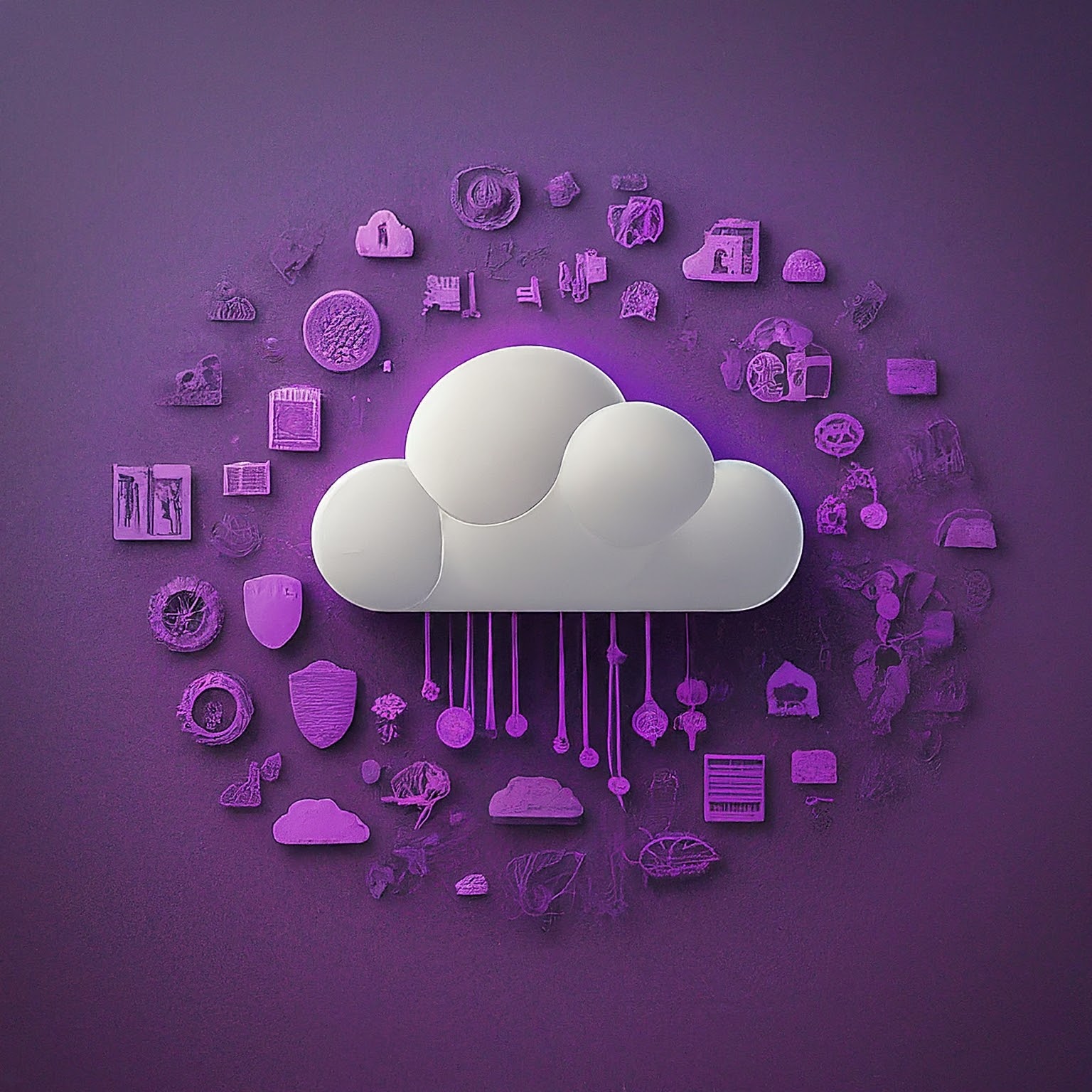By utilizing fewer resources and faster execution times, Containerization enhances virtualization processes. Businesses save money using containers as they can run several applications on a single machine.
The significant benefits of containers are listed below:
Portability
A container provides an executable software bundle independent of the host operating system. The executable program is portable and can run uniformly and consistently across any platform or cloud.
Agility
The Docker Engine for running containers began as the industry standard for application containers with simple developer tools plus a universal approach that worked for Windows and Linux operating systems. That container ecosystem has now shifted to engines under the Open Container Initiative (OCI) management. Therefore, developers can continue using DevOps tools and processes for rapid app development and enhancement.
Speed
Containers are ” lightweight” as they share the machine’s operating system (OS) kernel. Thus additional overhead does not burden them. In addition to increasing server efficiency, this also lowers server and licensing costs while shortening startup times, as there is no OS to boot.
Fault isolation
In Containerization, the applications are not only isolated from each other but are also isolated from the underlying system.
Failure of one container does not affect the continued processing of any other container. Development teams can find and fix technical problems within a single container without affecting other containers.
Efficiency
Developers can share the app layers between containers since software executing in containerized environments communicates the OS kernel with the host computer. Furthermore, compared to virtual computers, containers naturally have a reduced capacity. Developers can run numerous containers using one virtual machine’s computational capability. Containers utilization boosts server efficiency and reduces server and license costs.
Ease of management
Installing, managing, and scaling workloads and services can all be automated using a container orchestration platform. You may simplify management operations through container orchestration, like deploying new app versions, scaling containerized apps, or offering monitoring, logging, and debugging features.
Developer-Friendly
With Containerization, the image your team builds locally is the same one they run in production. Containers are developer-friendly because you can utilize one environment for development and production.








